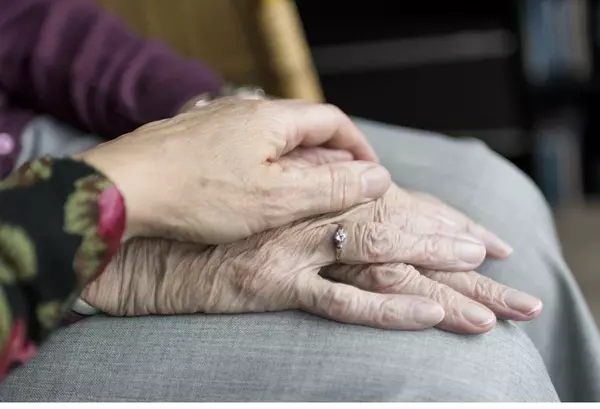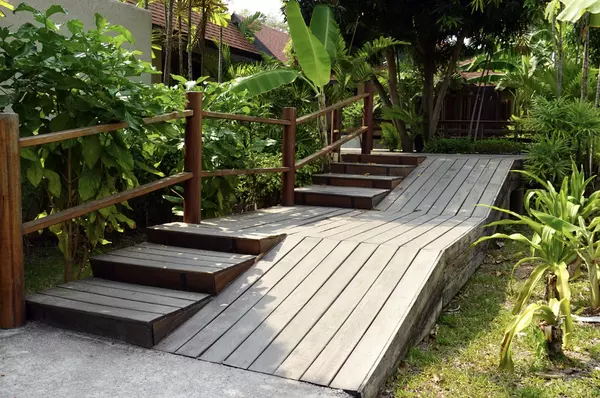The Importance of Home Modifications for Aging in Place Safely

Aging in place—the choice to live independently in one’s home as one grows older—has become increasingly popular among seniors. This option allows older adults to remain in familiar surroundings, maintain routines, and stay connected to their community. However, for many, aging in place requires thoughtful modifications to make the home safer and more accessible. At King’s Downsizing & Estate Services, we support seniors in navigating this transition by identifying essential home modifications that help ensure safety, comfort, and independence. Here’s why home modifications are crucial and what steps you can take to age in place safely.
1. Preventing Falls with Simple Adjustments
Falls are one of the leading causes of injury among older adults, but they can often be prevented with proactive changes. Adding grab bars in bathrooms, installing non-slip flooring, and removing tripping hazards like loose rugs can make a significant difference in reducing the risk of falls. Improved lighting, especially in stairwells and hallways, also helps ensure that each area of the home is well-lit and easy to navigate.
Tip: Consider hiring a Certified Aging-in-Place Specialist (CAPS) to assess your home. They can identify key areas where modifications are necessary to increase safety.
2. Enhancing Mobility and Accessibility
As mobility becomes more limited with age, ensuring that all areas of the home are easily accessible becomes critical. Modifications like widening doorways, installing ramps, and eliminating steps can make it easier to move freely within the home, especially for those using wheelchairs or walkers.
Tip: A zero-threshold entrance is one of the best investments for accessibility, allowing ease of entry and exit without any step-ups or trip hazards.
3. Upgrading Bathroom Safety Features
Bathrooms can pose significant risks, given the potential for slippery surfaces and tight spaces. Simple modifications like adding a walk-in shower, installing grab bars, and placing a shower seat can greatly reduce the risk of accidents. Anti-scald faucets can also prevent burns, adding another layer of safety.
Tip: Consider a raised toilet with grab bars nearby for added stability and comfort. Small adjustments like these can make a big difference in safety and accessibility.
4. Creating a Bedroom on the Main Level
For older adults with limited mobility, climbing stairs can become increasingly difficult. Having a bedroom on the main level, ideally with an attached bathroom, can eliminate the need to navigate stairs daily. This setup makes it easier to access essential living areas and adds peace of mind for both seniors and their families.
Tip: If converting a room into a main-level bedroom is not possible, consider a stair lift as an alternative. While it’s an investment, a stair lift can provide safe and independent access to upper floors.
5. Improving Kitchen Functionality
The kitchen is a central part of the home, and modifications here can make daily tasks much easier and safer. Simple adjustments, like lowering countertops, installing pull-out shelves, and arranging commonly used items within easy reach, can make a significant difference. Consider induction cooktops, which cool down quickly and reduce burn risk, for additional safety.
Tip: Lever-style faucets and D-shaped cabinet handles are easier for those with arthritis to use. Small changes to kitchen hardware can greatly improve accessibility.
6. Installing Smart Home Technology
Smart home devices can be a valuable addition to any aging-in-place setup. Voice-activated lights, thermostats, and even door locks provide hands-free control, which is particularly useful for individuals with limited mobility. Security cameras and doorbell cameras offer added safety, allowing homeowners to see who’s at the door without getting up.
Tip: Medical alert systems and voice-activated emergency devices provide an added layer of security, connecting seniors to help immediately in case of a fall or emergency.
7. Ensuring Fire and Carbon Monoxide Safety
Fire safety is crucial in any home, and seniors may need extra support in this area. Install smoke and carbon monoxide detectors that have visual and audible alerts, especially if there are hearing impairments. Make sure detectors are accessible for regular testing and battery changes.
Tip: Consider hardwired smoke detectors with battery backups, which can provide reliable protection and eliminate the need for frequent battery changes.
8. Decluttering to Reduce Hazards
A clutter-free home is essential for safety and ease of movement. Remove excess furniture, clear pathways, and keep floors free from items that could cause trips or falls. In addition, well-organized storage solutions can prevent the need for reaching or bending down frequently.
Tip: Use shelving and storage that’s easy to access, avoiding storage spaces that require step ladders or crouching. This simple adjustment can prevent unnecessary strain and potential falls.
9. Increasing Comfort with Ergonomic Furniture
Comfortable seating and ergonomic furniture can help reduce strain on joints and improve quality of life. Chairs with supportive armrests and higher seat levels make it easier to sit and stand without assistance. Adjustable beds, recliners, and standing desks are also helpful additions for enhanced comfort and mobility.
Tip: Investing in supportive furniture designed for accessibility can improve mobility and help maintain independence.
10. Planning for Future Needs
Aging in place is a long-term decision, so it’s wise to consider future needs when making home modifications. What’s suitable for current mobility levels may need to be adjusted later. Planning ahead with adaptable solutions, such as modular ramps and stair lifts, can make the home a viable option for years to come.
Tip: Work with a professional who specializes in aging-in-place design. They can recommend adaptable solutions that grow with changing needs, allowing seniors to remain in their homes comfortably and safely.
At King’s Downsizing & Estate Services, we understand the importance of a safe, comfortable, and accessible home for aging in place. Our team is here to support you with expert advice, personalized assessments, and tailored solutions to make your home the perfect place to age with dignity and independence. Ready to explore modifications for your home? Contact us today to learn more about our Aging in Place services and schedule a consultation. Let us help you create a safer, more comfortable home that grows with you!
Categories
- All Blogs 73
- 55+ Living Communities 20
- Aging-In-Place 16
- Community Engagement 3
- Concierge 13
- Decluttering 8
- Downsizing 31
- Estate Planning 6
- Estate Settlement 26
- Fall Prevention 11
- General 18
- Home Safety 8
- International Retirement Living 4
- Land Lease 6
- Life Lease 7
- Lifestyle 15
- Out of Town Estate Settlement 24
- Probate 22
- Real Estate 4
- Retirement Residences 17
- Tax Returns 4
- Wealth Transfer 21
Recent Posts











"Empowering transitions, cherishing legacies. At King's Downsizing & Estate Services, we transform the complexities of change into journeys of compassion and preservation." - Desiree King
